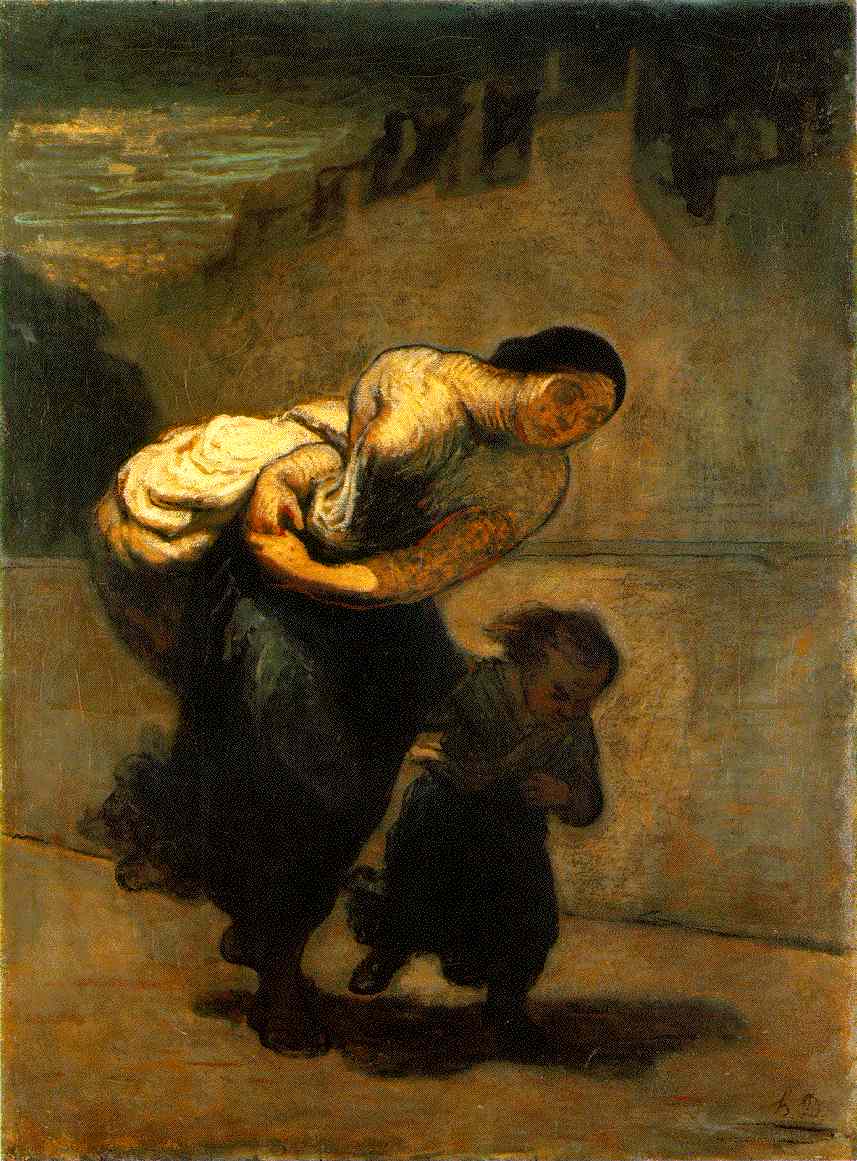 This week contains both the Fourth Sunday of Advent and Christmas Day itself. And so we come to the close this year's reflections on the messianic titles of Isaiah 9:6. We have already considered what it means for his name to be called Wonderful Counselor, Mighty God, and Everlasting Father. Let us conclude with some thoughts on the last of these titles, Prince of Peace.
This week contains both the Fourth Sunday of Advent and Christmas Day itself. And so we come to the close this year's reflections on the messianic titles of Isaiah 9:6. We have already considered what it means for his name to be called Wonderful Counselor, Mighty God, and Everlasting Father. Let us conclude with some thoughts on the last of these titles, Prince of Peace.The prophet Isaiah speaks of the birth of a child who will be called "Prince of Peace." The church has long made use of this language to describe Jesus her Lord. And yet the birth of Christ is anything but peaceful. This tension should tell us something about the kind of Peace this Prince brings, which brings us to our first point.
(1) At Christmas, peace breaks through in the midst of strife. Despite the apparent peacefulness of many Christmas songs and scenes, the nativity story is a story full of strife. Mary and Joseph were caught in the middle of a shameful family situation. Traveling down to Bethlehem during her ninth month is hard enough, but they had to do it with the added weight of shame and fear. You add to this that the reason for their travels is a census for the purposes of taxation. Now for us, April 15th is no December 25th, but for them taxation was not merely a nuisance but the sign of foreign oppression. It had not been long since the Israelites led by Jacobus Maccabeus had violently rebelled against foreign rule (the occasion for the Hanukkah holiday) and it would not be long till they would rebel again. And strife not only precedes but also succeeds the nativity, as Herod decrees the slaughter of the innocents. So Christmas is a story full of strife. And yet, the birth of Christ is the birth of the Prince of Peace. Jesus, Lord at his birth, is already the prince of peace, the one who brings the peace of God. Christ's peace is a peace which invades, which breaks through in the midst of strife. It does not find an already peaceful scene. It brings peace into times and places that need peace most of all.
How can this be? How can peace break through in the midst of strife and still be genuine peace? To answer this, we must turn to our second point.
(2) The Peace of Christ is not defined by the cessation of conflict, but by reconciliation. This is why it can break through in the midst of strife. He is the Prince of Shalom, the Hebrew word translated "peace" in Isaiah 9:6. The meaning of Shalom cannot be reduced to the mere cessation of conflict. Shalom is not a temporary ceasefire. Rather, Shalom means a life of wholeness and abundance, were the nations are living and working together and God fulfills his promise to bless all the nations through Israel. Shalom thus has the character of reconciliation. Shalom is fulfilled in Jesus Christ, who in his very coming brings reconciliation between God and humanity. Because it is defined by reconciliation, the peace of Christ can break through in the midst of strife. In fact, the announcement of the reality of reconciliation may itself incur greater strife, for people do not always want to be reconciled. Peace can be a rude awakening, as the shepherds can attest. Peace interrupts our seemingly peaceful lives and drives us out of ourselves to encounter God and neighbor.
What does this mean for us? How should we then live if the peace of Christ is defined by reconciliation? Answering this question will bring us to our last point.
(3) Genuine peace consists in relationships. Peace is not a feeling. It is not a state of being. It is not an escape, even an escape from the greatest conflict. Peace is the reconciliation of parties, and therefore the establishment of relationships. Since peace is so defined by reconciliation, it is by definition impossible in the absence of relationships. Beware of false peace which isolates itself from the active life of reconciliation. Beware of the apparent peace of the shepherds, who inhabit a peaceful pastoral scene, restfully tending their sheep at night. True peace disrupts this false shepherds' peace, waking them up and telling them to go. Of course, relationships for so many of us are the very source of strife in our lives. And so we are tempted to recoil and retreat from relationships in order find peace. But isolation is not true peace. This Christmas, let us not isolate ourselves. That will only bring false peace, a temporary ceasefire, a shepherd's peace. Rather, the peace of Christ is expressed in acts of reconciliation. Surely there are times for quiet aloneness, and reconciliation cannot happen overnight. But Christmas points us in the direction of relationships. May we be faithful not to isolate ourselves, and to reach out to those that are isolated, so that the peace of Christ may be seen and heard on earth.
At Christmas, peace breaks through in the midst of strife because the peace of Christ is defined by relationships and therefore genuine peace consists in relationships.
_

















